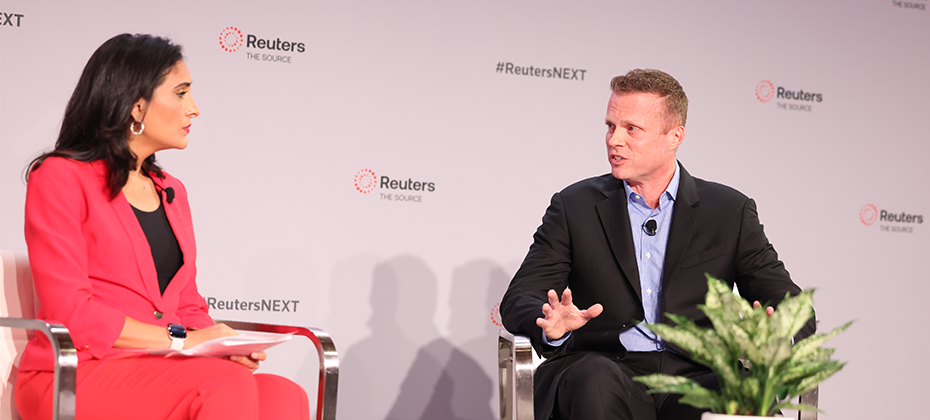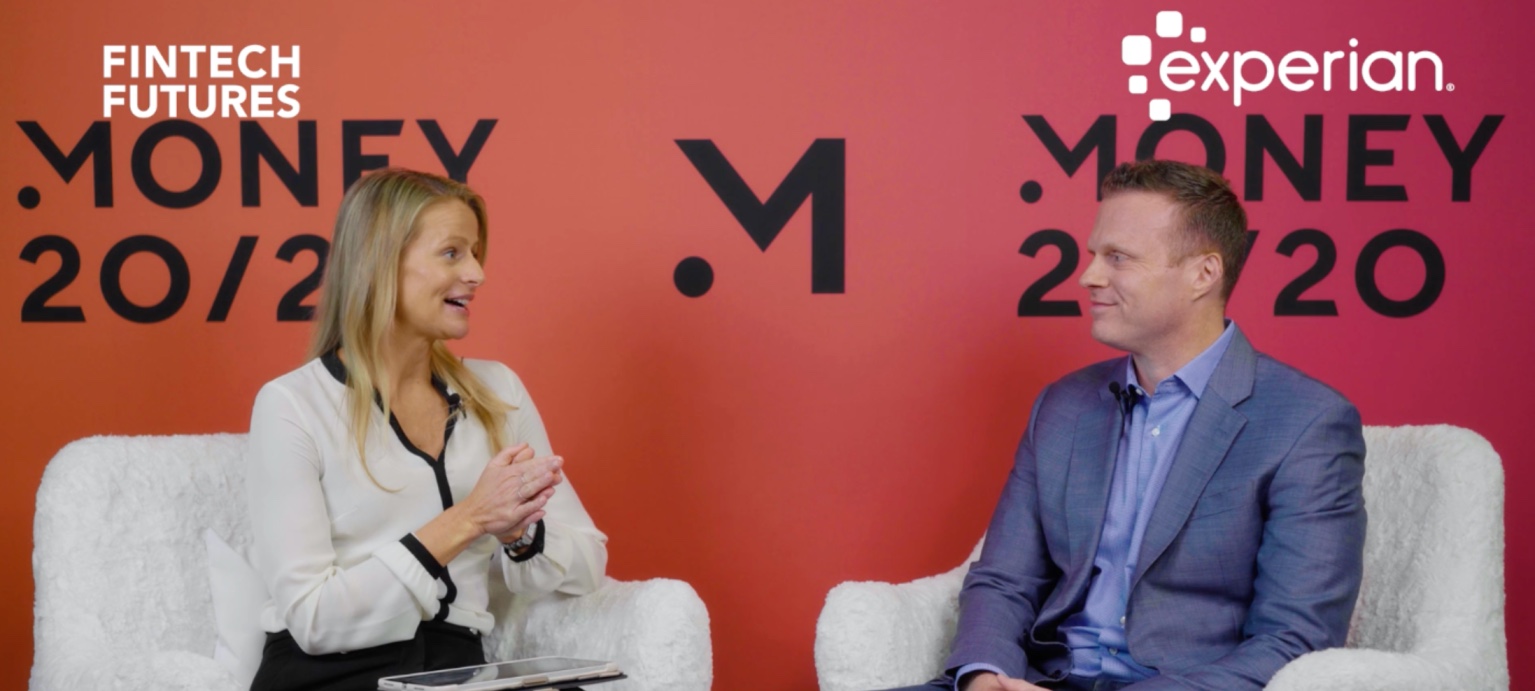
These days, the call for financial inclusion is being answered by a disruptive force of new financial products and services. From fintech to storied institutional players, we’re seeing a variety of offerings that are increasingly accessible and affordable for consumers.
It’s a step in the right direction. And beyond the moral imperative, companies that meet the call are finding that financial inclusion can be a source of business growth and a necessity for staying relevant in a competitive marketplace.
A diaspora of credit-invisible consumers
To start, let’s put the problem in context. A 2022 Oliver Wyman report found about 19 percent of the adult population is either credit invisible (has no credit file) or unscoreable (not enough credit information to be scoreable by conventional credit scoring models). But some communities are disproportionately impacted by this reality.
Specifically, the report found:
- Black Americans are 1.8 times more likely to be credit invisible or unscoreable than white Americans.
- Recent immigrants may have trouble accessing credit in the U.S., even if they’re creditworthy in their home country.
- About 40 percent of credit invisibles are under 25 years old.
- In low-income neighborhoods, nearly 30 percent of adults are credit invisible and an additional 16 percent are unscoreable.
Younger and older Americans alike may shy away from credit products because of negative experiences and distrust of creditors. Similarly, the Federal Deposit Insurance Corporation (FDIC) reports that an estimated 5.4 percent (approximately 7.1 million) households, were unbanked in 2019 — often because they can’t meet minimum balance requirements or don’t trust banks.
Credit invisibles and unscoreables may prefer to deal in a cash economy and turn to alternative credit and banking products, such as payday loans, prepaid cards, and check-cashing services.
But these products can perpetuate negative spirals. High fees and interest can create a vicious cycle of spending money to access money, and the products don’t help the consumers build credit. In turn, the lack of credit keeps the consumers from utilizing less expensive, mainstream financial products.
The emergence of new players
Recently, we’ve seen explosive growth in fintech — technology that aims to improve and automate the delivery and use of financial services. According to market research firm IDC, fintech is expected to achieve a compound annual growth rate (CAGR) of 25 percent through 2022, reaching a market value of $309 billion.
It’s reaching mass adoption by consumers: Plaid® reports that 88 percent of U.S. consumers use fintech apps or services (up from 58 percent in 2020), and 76 percent of consumers consider the ability to connect bank accounts to apps and services a top priority.
Some of these new products and services are aimed at helping consumers get easier and less expensive access to traditional forms of credit. Others are creating alternative options for consumers.
- Free credit-building tools. Experian Go™ lets credit invisibles quickly and easily establish their credit history. Likewise, consumers can use Experian Boost™ to build their credit with non-traditional payments, including their existing phone, utility and streaming services bills.
- Alternative credit-building products. Chime® and Varo® , two neobanks, offer credit builder cards that are secured by a bank account that customers can easily add or withdraw money from. Mission Asset Fund, a nonprofit focused on helping immigrants, offers a fee- and interest-free credit builder loan through its lending circle program.
- Cash-flow underwriting. Credit card issuers and lenders, including Petal and Upstart, are using cash-flow underwriting for their consumer products.
- Buy now, pay later. Several Buy Now Pay Later (BNPL) providers make it easy for consumers to pay off a purchase over time without a credit check.
Behind the scenes, it’s easier than ever to access alternative credit data1 — or expanded Fair Credit Reporting Act (FCRA)-regulated data — which includes rental payments, small-dollar loans and consumer-permissioned data. And there are new services that can help turn the raw data into a valuable resource.
For example, Lift PremiumTM uses multiple sources of expanded FCRA-regulated data to score 96 percent of American adults — compared to the 81 percent that conventional scoring models can score with traditional credit data. While we dig deeper to help credit invisibles, we’re also finding that the insights from previously unreported transactions and behavior can offer a performance lift when applied to near-prime and prime consumers. It truly can be a win-win for consumers and creditors alike.
Final word
There’s still a lot of work to be done to close wealth gaps and create a more inclusive financial system. But it’s clear that consumers want to participate in a credit economy and are looking for opportunities to demonstrate their creditworthiness.
Businesses that fail to respond to the call for more inclusive tools and practices may find themselves falling behind. Many companies are already using or planning to use alternative data, advanced analytics, machine learning, and AI in their credit-decisioning. Consider how you can similarly use these advancements to help others break out of negative cycles.


